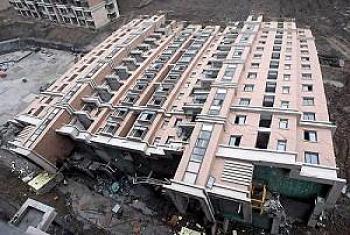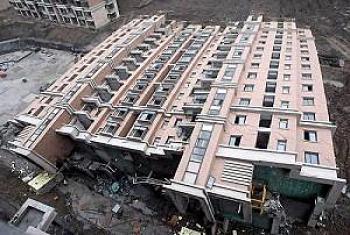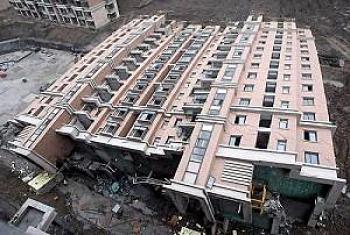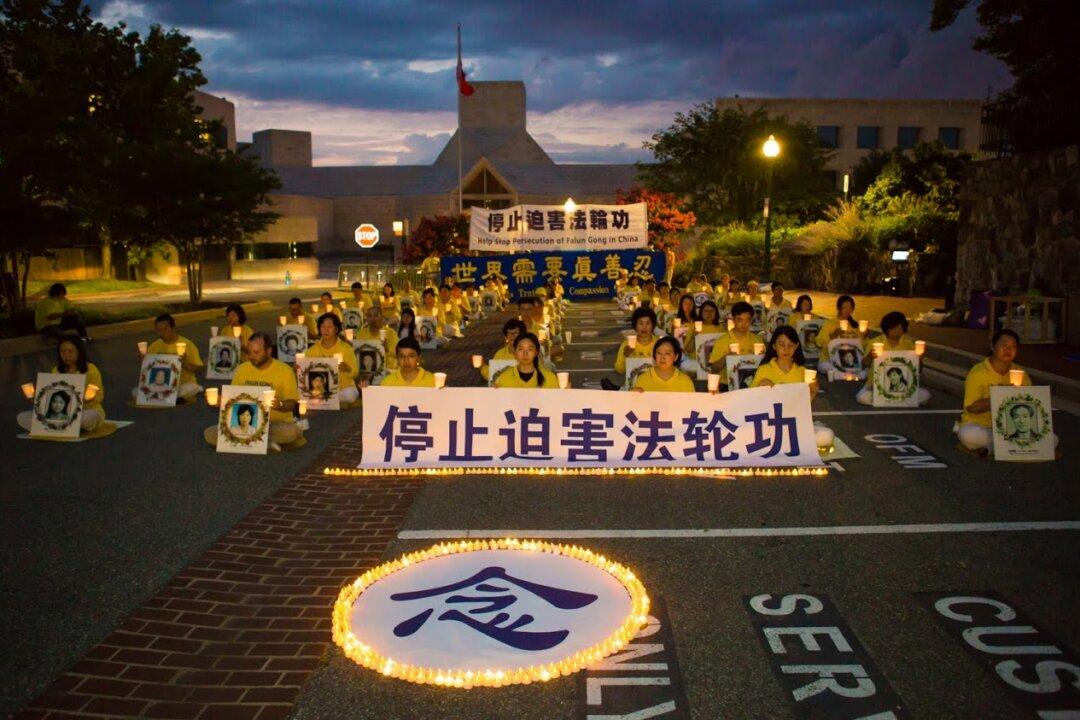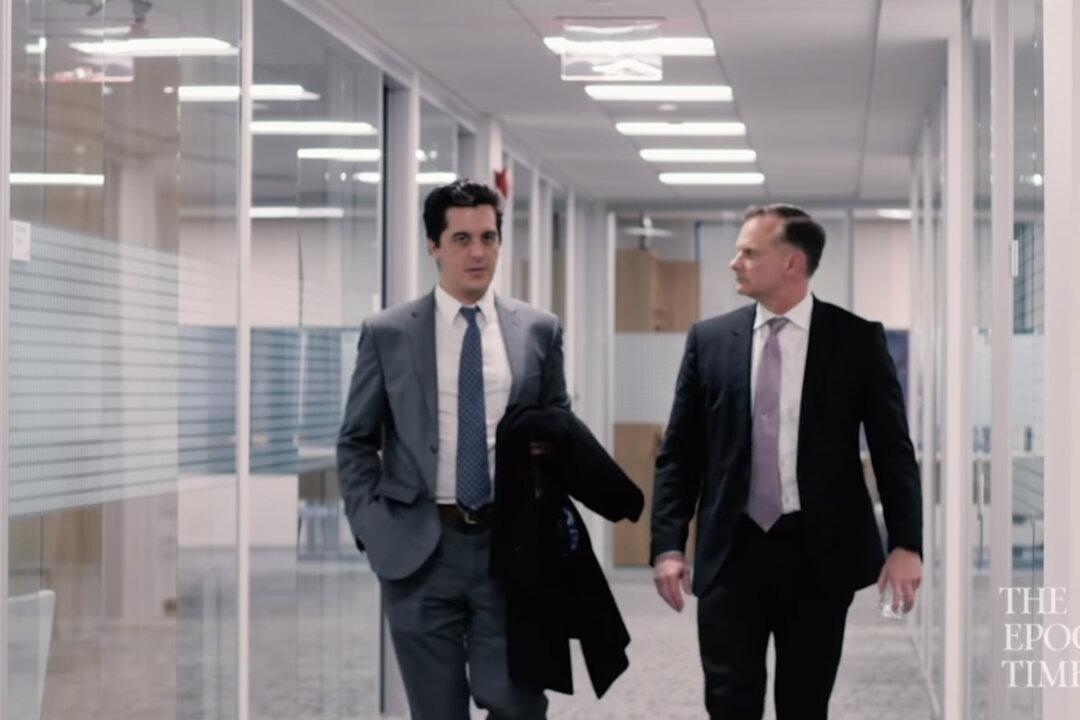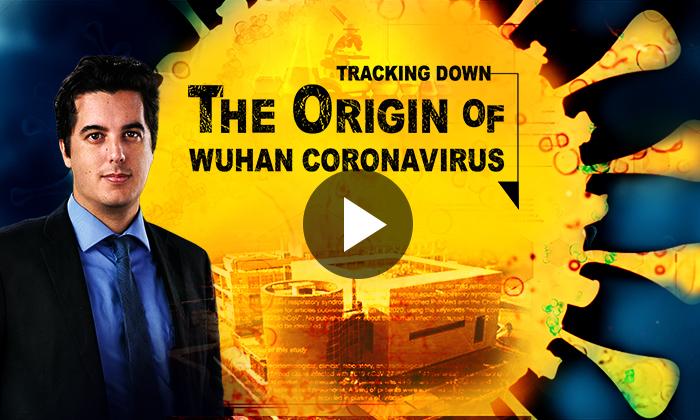On June 27 at approximately 5:35 a.m. in Shanghai an almost completed 13-story apartment building that is part of the Lotus Riverside Court development simply toppled over. There was no earthquake or typhoon to cause this. The collapsed building was in one piece, but rested on its side. It looked like a toy a child had pushed over.
One worker died in the collapse.
[youtube]pktM__i-8IQ[/youtube]
As is often the case in today’s China, the bloggers are the best sources for what is really happening. Of course, China’s blogosphere is a virtual world filled with all kinds of characters—the noble and the selfless blog right beside the vicious and the corrupt. The regime keeps on retainer at a rate of pennies a blog a huge crew whose job is to push the official viewpoint. And there are the run of the mill fakes, cheats, and con artists.
But blogging gives the ordinary Chinese citizen a chance at dignity in a system designed to deny him any voice, and a chance to speak to the world, albeit anonymously, the truth he knows, in a system built on lies. Blogging is an act of revenge on corruption and tyranny that the individual otherwise feels powerless to confront.
